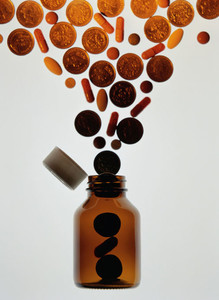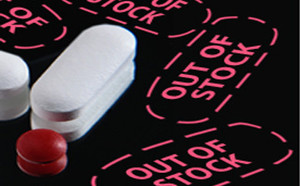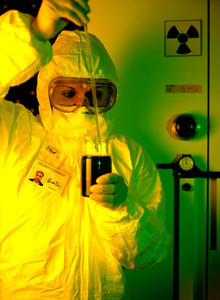Therapeutic substitution could save the America healthcare system US$73 billion and patients US$24.6 billion in out-of-pocket expenses, according to US researchers [1].
Substituting more expensive brand-name drugs with generics in the same therapeutic class with the same indication could lead to significant savings according to researchers from Michigan and Ohio Universities. Therapeutic substitution involves substituting products that are not bioequivalent. It is carried out between chemically-related but distinct drugs that share a common mechanism of action.
The researchers carried out a repeated cross-sectional study using the 107,132 individuals included in the nationally representative Medical Expenditure Panel Survey (2010−2012) along with their reported prescribed medicine use. They also used data from the Orange Book, company financial statements, US Food and Drug Administration records and published research.
Therapeutic substitution is based on the assumption that drugs within the same therapeutic class are medically interchangeable because their mechanisms of action do not differ significantly, even though they are not chemically the same.
The results showed that of the 31.5% of patients that used a medication from an included drug class 16.6% used a brand-name drug, 24.0% used a generic drug and 9.1% used both. In the included drug classes, the majority of the drugs were generics, with a total of 93.5 billion standardized doses compared with 47.4 billion standardized doses of brand-name drugs.
Total expenditure for the brand-name drugs accounted for US$147 billion compared with US$62.7 billion for the generics. The authors therefore estimated that between 2010 and 2012, US$73.0 billion in total excess expenditure and US$24.6 billion in out-of-pocket excess expenditure was attributable to using brand-name drugs instead of generics within the same drug class.
Overspending on brand-name drugs was evident across numerous drug classes. The drug classes with the highest excess expenditure included statins (US$10.9 billion), atypical antipsychotics (US$9.99 billion), proton pump inhibitors ($6.12 billion), selective serotonin re-uptake inhibitors ($6.08 billion) and angiotensin receptor blockers ($5.53 billion).
The authors concluded that ‘although therapeutic substitution is controversial, it offers a potential mechanism to significantly decrease drug costs if it can be implemented in a way that does not negatively affect quality of care’.
This is not the first time therapeutic substitution has been found to lead to savings in the US. A study of 2007 data found that for patients receiving a Medicare subsidy generics substitution would save the government an average of US$156 per patient per year [2]. While a 2011 study found that altering the prescribing of just 913 physicians to reflect common therapeutic substitution practices would have saved taxpayers US$300 million [3].
Related article
Paying physicians to prescribe generics and biosimilars in the US
References
1. Johansen ME, Richardson C. Estimation of potential savings through therapeutic substitution. JAMA Intern Med. 2016;176(6):769-75.
2. GaBI Online - Generics and Biosimilars Initiative. Therapeutic substitution could save Americans money [www.gabionline.net]. Mol, Belgium: Pro Pharma Communications International; [cited 2016 Nov 18]. Available from: www.gabionline.net/Generics/Research/Therapeutic-substitution-could-save-Americans-money
3. GaBI Online - Generics and Biosimilars Initiative. Substitution of generics in the US [www.gabionline.net]. Mol, Belgium: Pro Pharma Communications International; [cited 2016 Nov 18]. Available from: www.gabionline.net/Biosimilars/Research/Substitution-of-generics-in-the-US
Permission granted to reproduce for personal and non-commercial use only. All other reproduction, copy or reprinting of all or part of any ‘Content’ found on this website is strictly prohibited without the prior consent of the publisher. Contact the publisher to obtain permission before redistributing.
Copyright – Unless otherwise stated all contents of this website are © 2016 Pro Pharma Communications International. All Rights Reserved.








 0
0











Post your comment